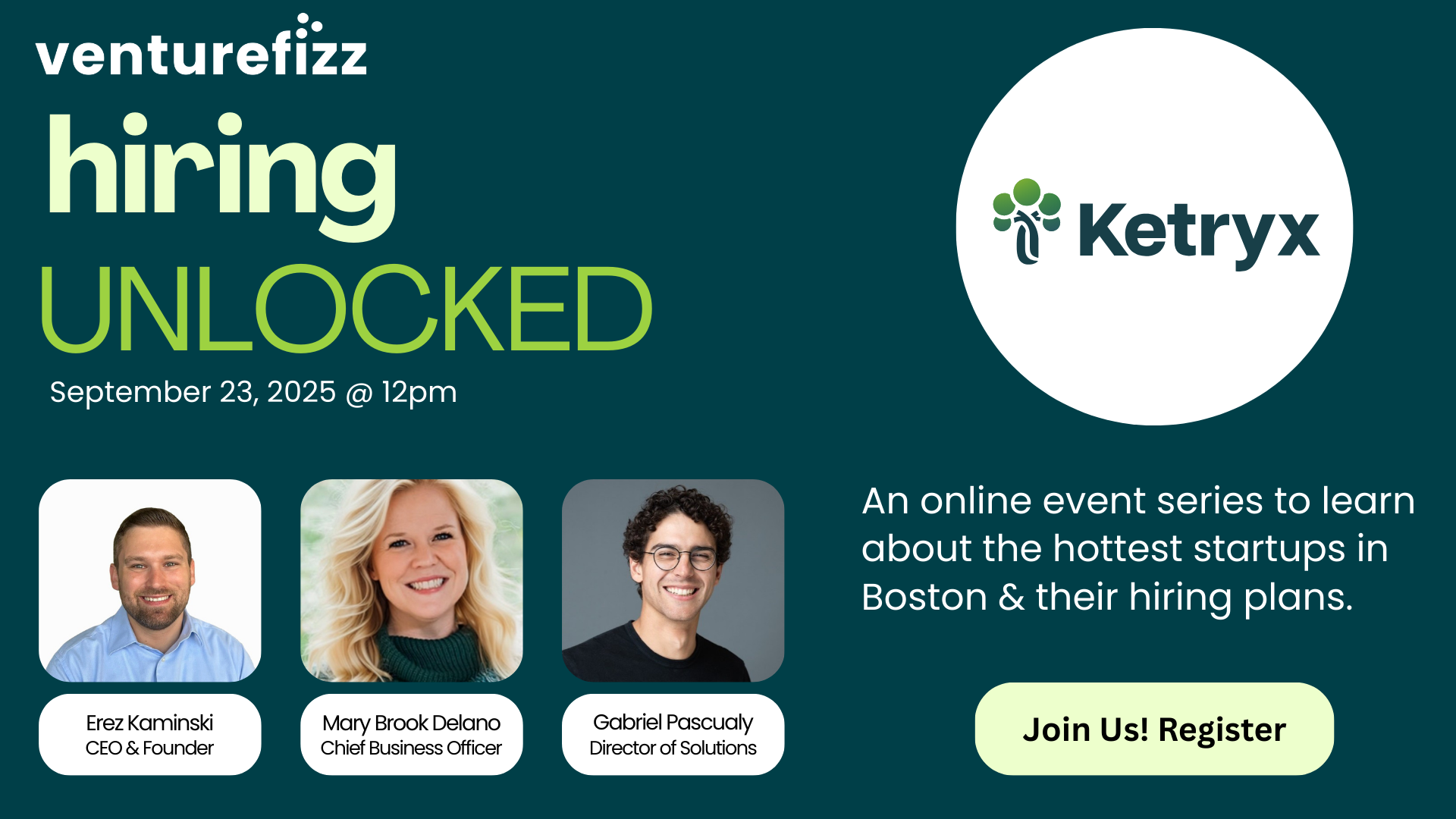 Iana Vitkova
Iana Vitkova
Senior Director of Engineering at Wiser
I subscribe to a designer clothing rental service. Every month, I sit down at my computer to pick out my shipment and I prepare myself for a frustrating experience. Their website is pretty bad: it’s slow, glitchy and it takes forever to perform simple tasks. However, despite having to deal with this frustrating website every month, I have remained a loyal customer for many years. Why? Because every month, I reliably receive a shipment of cool and interesting clothes that fit really well.
I also subscribe to a weekly meal kit service. Every weekend I sit down at my computer and pick out my meals for the following week. Their website is intuitive and easy to use. However, one week there was a temporary problem with my credit card and I received an email from the company saying I wouldn’t be receiving a meal shipment this week. I called support, but there was nothing they could do. Even though I had updated my credit card information, they still couldn’t send me a shipment that week. I ended up cancelling my subscription and switching to a competitor who could fulfill a delivery for the week.
Why is it that in the first case, I remained a loyal customer despite a glitchy and frustrating website, while in the second case I churned as a customer? It all comes down to where the value of these products lies.
In the first case, the value of the clothing rental service lies in consistently delivering clothes that fit well. The company delivers on this value proposition very well. Deliveries are always on time and they have an excellent algorithm that accurately predicts the size you will need in each item of clothing. While their website is glitchy and frustrating to use, they deliver on the value of “on-time delivery of great fitting clothes” with excellence.
In the second case, the value of the meal delivery service lies in not having to worry about what’s for dinner. The reason that I subscribe to a meal delivery service is that I have a busy schedule and don’t want to spend time planning what to cook, finding recipes and putting together a grocery shopping list. When my delivery for the week was cancelled, that value of convenience and time savings completely vanished.
As engineers, we love to build and fix things. We often don’t spend enough time thinking about the value of the features we build. Many of us have worked on features that turned out to not be as valuable as intended. Some examples from my career include building a feature that only 10% of users interacted with and spending a lot of time creating a fancy data entry UI when users really needed bulk import functionality.
It can be really frustrating to work hard on a feature only to discover that users don’t find it useful. How can we do better? By gaining an understanding of where the value of our product truly lies. This knowledge helps us understand how to spend our limited time and energy to deliver the most value for our customers. Spending more time perfecting the features that are critical to the product’s value proposition and less time on features that are not as important will significantly improve business outcomes.
Here are some things you can do to gain a better understanding of where the value of your product lies:
Pay Attention to What You Value as a Consumer – The first step is to develop and practice this type of ‘value’ thinking. A great way to do this is to start paying attention to what you value as a consumer. As you use various products and services in your day to day life, think about what you value most about them. What areas of the product are most critical to delivering that value? What parts of the product are just nice to have?
Participate in Customer Interviews – We are rarely the target consumers for the products we are building. Because of this, what we value can be wildly different from what our users value. Therefore, it’s critically important that we get to know our users. A great way to do this is to participate in user interviews. User interviews allow you to immerse yourself in the world of your users, understand what’s important to them, what their challenges are and what drives their behavior. Some companies are great at ensuring that engineers get facetime with customers, while in others you will have to advocate to be invited to user interviews. Whatever environment you are in, it’s well worth the effort to hear directly from customers. You may be surprised at the insights you gain and the product ideas you generate based on your improved understanding of customer needs.
Partner with Your Product Owner – As engineers, we are experts on which functionality is quick and easy to build and which is time-consuming to develop. Our product owners are experts in what our customers need. Marrying these two areas of expertise allows us to collaboratively come up with solutions that solve business problems in the fastest and most cost effective way. To foster this kind of collaboration, get curious about the business value of the features you are building. Ask your product owner how the features will be used and how they will provide value to your customers. Look for opportunities to simplify implementation, while preserving or even enhancing the business value delivered.
Investing time in educating yourself on the value of the product you are building can significantly improve the business outcomes your team generates. Try the suggestions above to gain a deeper understanding of the value of the product you are building.







